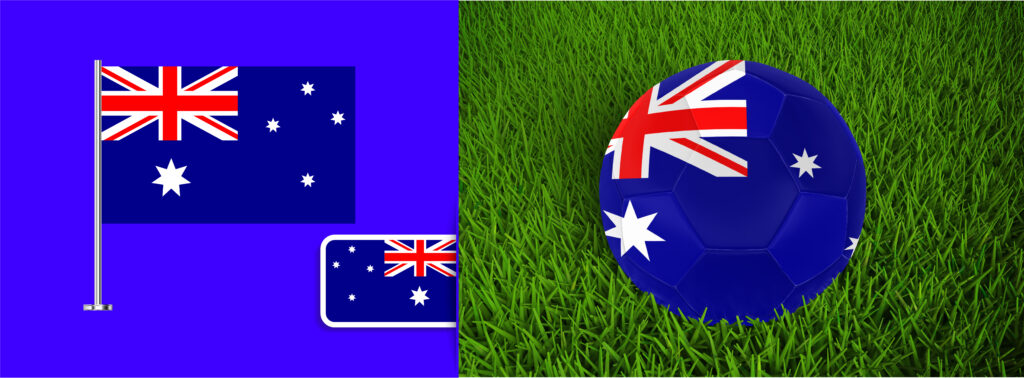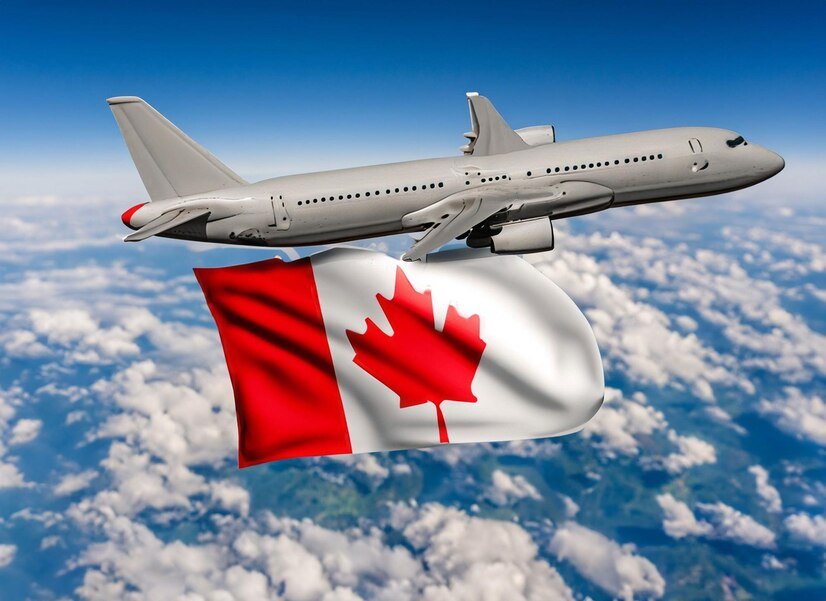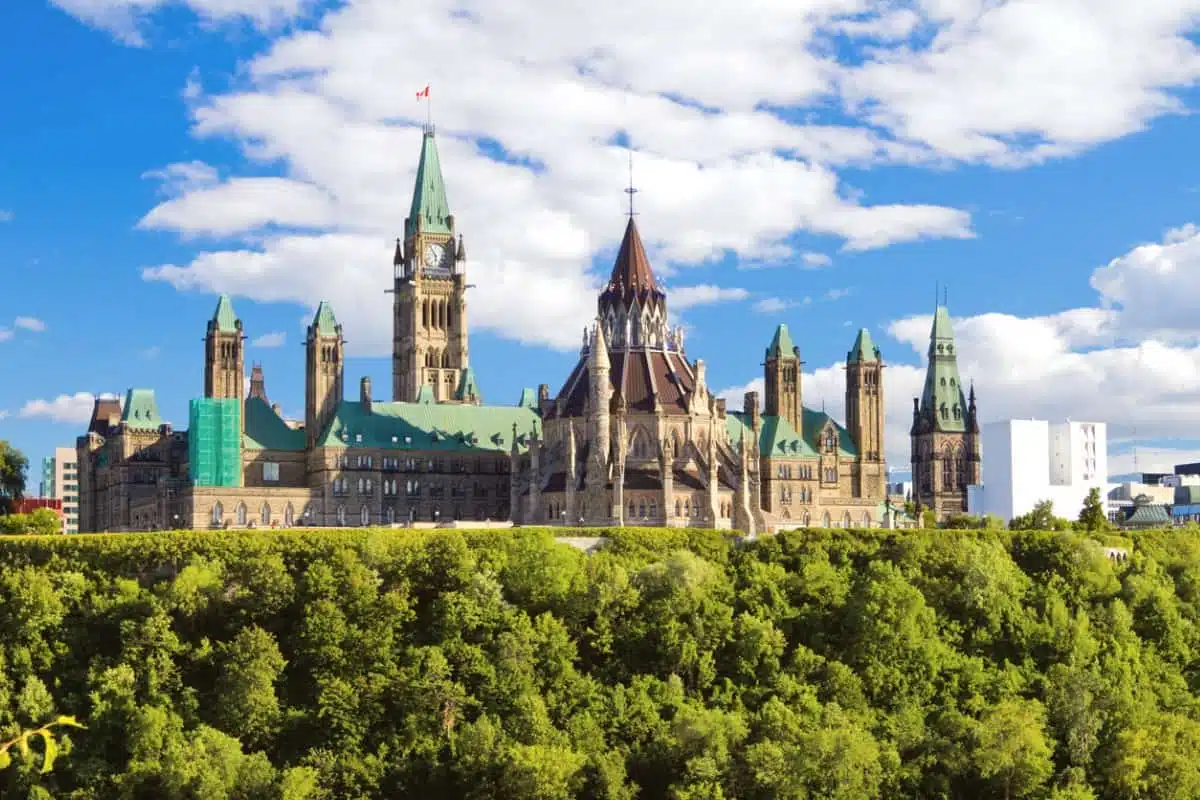Australia, with its diverse landscapes and thriving economy, attracts individuals from around the globe seeking new opportunities. For skilled professionals, the Australian government offers various pathways for immigration, each tailored to different needs and qualifications. Among these pathways are the Skilled Independent Visa (subclass 189), Skilled Nominated Visa (subclass 190), and Skilled Regional Visa (subclass 491). In this guide, we’ll explore each of these visas in detail, highlighting their advantages and eligibility requirements.
Skilled Independent Visa (Subclass 189)
Overview
The skilled worker visa is a permanent visa option that allows skilled workers to live and work in Australia without needing sponsorship from an employer or family member.
Advantages
- Study and work rights in Australia: Holders of the Subclass 189 Visa can pursue educational opportunities and work in any occupation.
- Multiple entries and exits: Visa holders have the flexibility to travel in and out of Australia as needed.
- Potential eligibility for Australian citizenship: After meeting residency requirements, visa holders may apply for citizenship.
- Sponsorship opportunities for family members: Visa holders can sponsor eligible family members for permanent residency.
Eligibility
To be eligible for the Subclass 189 Visa:
- Achieve a minimum of 65 points in the skilled migration points test.
- Have an occupation listed on the Skilled Occupation List (SOL).
- Undergo a skills assessment for your nominated occupation.
- Submit an Expression of Interest (EOI) and receive an invitation to apply.
Skilled Nominated Visa (Subclass 190)
Overview
The Skilled Nominated Visa is for individuals nominated by a state or territory government in Australia.
Advantages
- Permanent residency in Australia: Visa holders can live and work anywhere in Australia.
- Work and study rights: Holders of the Subclass 190 Visa can pursue employment and educational opportunities.
- Access to Medicare: Visa holders are eligible for healthcare coverage through Medicare.
- Sponsorship opportunities for family members: Family members can be sponsored for permanent residency.
Eligibility
To be eligible for the Subclass 190 Visa:
- Be nominated by a state or territory government agency.
- Score at least 65 points in the skilled migration points test.
- Meet age, English language, health, and character requirements.

Skilled Regional Visa (Subclass 491)
Overview
The Skilled Regional Visa is designed for skilled workers willing to live and work in regional Australia.
Advantages
- Residency for 5 years: Holders of the Subclass 491 Visa can live in Australia for up to five years.
- Study and work rights in regional areas: Visa holders can pursue education and employment opportunities in regional Australia.
- Multiple entries and exits: Visa holders have the flexibility to travel in and out of Australia.
- Potential pathway to permanent residency: After meeting certain requirements, visa holders may be eligible to apply for permanent residency.
Eligibility
To be eligible for the Subclass 491 Visa:
- Obtain nomination from a state or government agency.
- Score a minimum of 65 points in the skilled migration points test.
- Be under 45 years of age at the time of invitation.
- Meet health, character, and English language proficiency requirements.
In conclusion, Australia offers several pathways for skilled workers to immigrate, each with its own set of advantages and eligibility criteria. Whether you’re seeking independence with the Subclass 189 Visa, state nomination with the Subclass 190 Visa, or regional opportunities with the Subclass 491 Visa, careful consideration of your qualifications and goals is essential.







